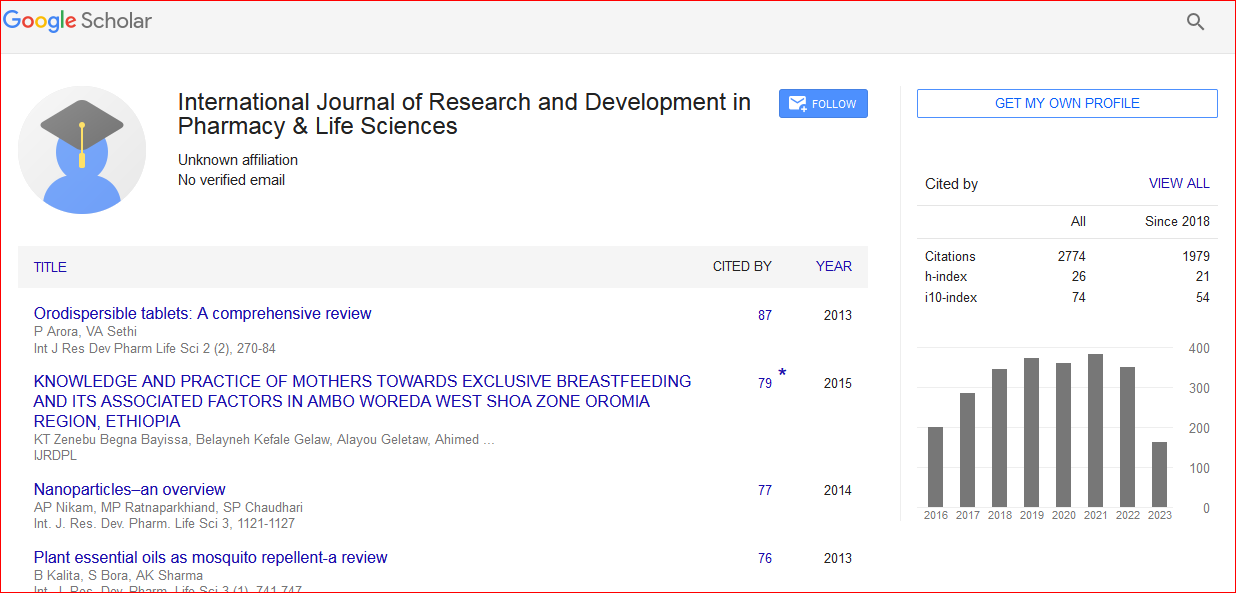Research Article
SIMULTANEOUS ESTIMATION OF DROTAVERINE HYDROCHLORIDE AND PARACETAMOL IN BULK AND TABLET DOSAGE FORM BY RP-HPLC METHOD
Abstract
A simple, rapid, reproducible, accurate and precise Reverse Phase HPLC method was developed for the quantitative simultaneous estimation of Drotaverine hydrochloride and Paracetamol in combined tablet dosage form. Drotaverine hydrochloride is an analog of papaver and is used mainly as an antispasmodic, smooth muscle relaxant. Paracetamol has analgesic and antipyretic activity. The chromatographic separation of both drugs was achieved with 250 x 4.6 mm, i.d 5 μm C-18 column using Methanol: water pH adjusted to 4.0 with O- Phosphoric acid. (60:40 v/v) at the flow rate of 1ml/min. The measurements were made at 243.0 nm using UV detector. The linearity range was found to be 5-80 μg/ml for Drotaverine hydrochloride and 5-70 μg/ml for Paracetamol. The coefficient of correlation for Drotaverine hydrochloride and Paracetamol was found to be 0.9994 and 0.9990 respectively. The retention time for Drotaverine hydrochloride and Paracetamol were 4.562 min and 8.146 min, respectively. The tailing factor for Drotaverine hydrochloride and Paracetamol was found to be 1.12 and 1.18 respectively. The percent recoveries obtained for Drotaverine hydrochloride and Paracetamol were found to be 99.85 and 99.92 respectively. The relative standard deviation for intraday and interday precision in tablet was always less than 2%. The method was validated for linearity, range, precision, accuracy, specificity, selectivity, intermediate precision, ruggedness, robustness, stability and suitability.

 Spanish
Spanish  Chinese
Chinese  Russian
Russian  German
German  French
French  Japanese
Japanese  Portuguese
Portuguese  Hindi
Hindi 
